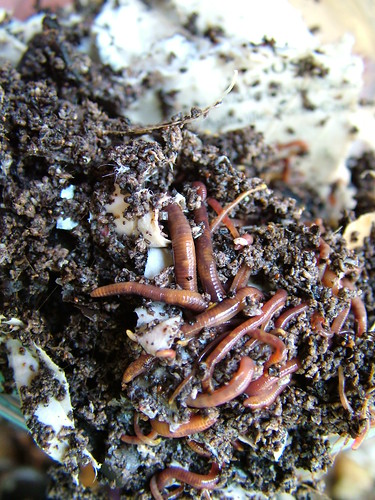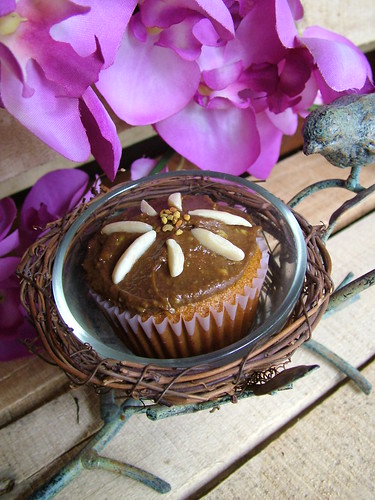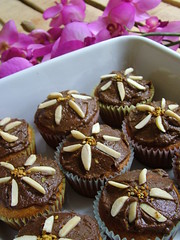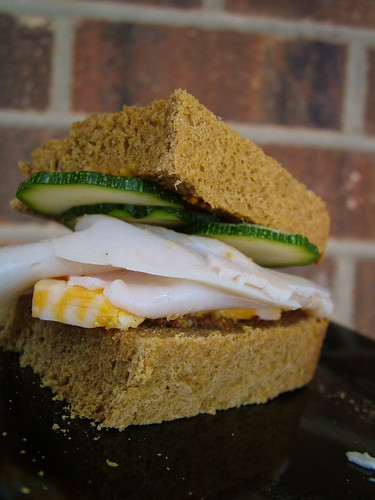
You know, animals need good food too! I found an $8 juicer at the ABCCM thrift store today and juiced some carrots. The mash left over was just too nice to put in the composter with the worms, so I made some Happy Bird Casserole for Cracker and Phillip.
Many people don't realize that pet birds, especially parrots, cannot live a long, healthy life on seed alone. In fact, many people don't even realize that parakeets (budgies) and cockatiels are parrots at all! Parrots are hookbills and their bodies are designed to eat a variety of foods, including lots of fresh greens. My birds eat Harrison's Pellets, which are organic and preservative-free. They're great and I highly recommend them. It's worth the cost.
Seeds are the bird equivalent of junk food. Sure, they can live off of it, but not for very long. It is essentially a slow starvation diet. Parakeets can live to be 18 years old, and cockatiels can live to be 30. There is no reason why a pet bird should have it's life cut short because of poor diet.
In addition to healthy pellets, pet birds should be given fresh greens and vegetables, fruit (if they like it- some birds don't), and occasionally grains and seeds. Check online or with a vet to find out which foods are safe. (For example, avocados can kill a parrot in minutes).
Here is one variation of a recipe for Happy Bird Casserole, which is a nice treat to give to your birds...
Mix together:
1 C. cooked brown rice
1/2 C. mashed carrots
1/4 C. cooked and mashed sweet potato
1 tbsp. ground flax seed
dash of cayenne pepper or paprika
To make convenient serving size portions for later, stuff the casserole into ice cube tray slots and freeze. When you want to use it, pop one out and microwave to thaw it. When it's completely cool, it's ready to be nibbled!
Variations on this recipe are almost endless. Add finely chopped broccoli, apples, kale, etc... Just make sure that all ingredients are fresh and free of dirt and/or mold. (Some things to avoid are: onions, mushrooms, avocado, and anything that you are unsure of. Birds have very delicate systems!)






